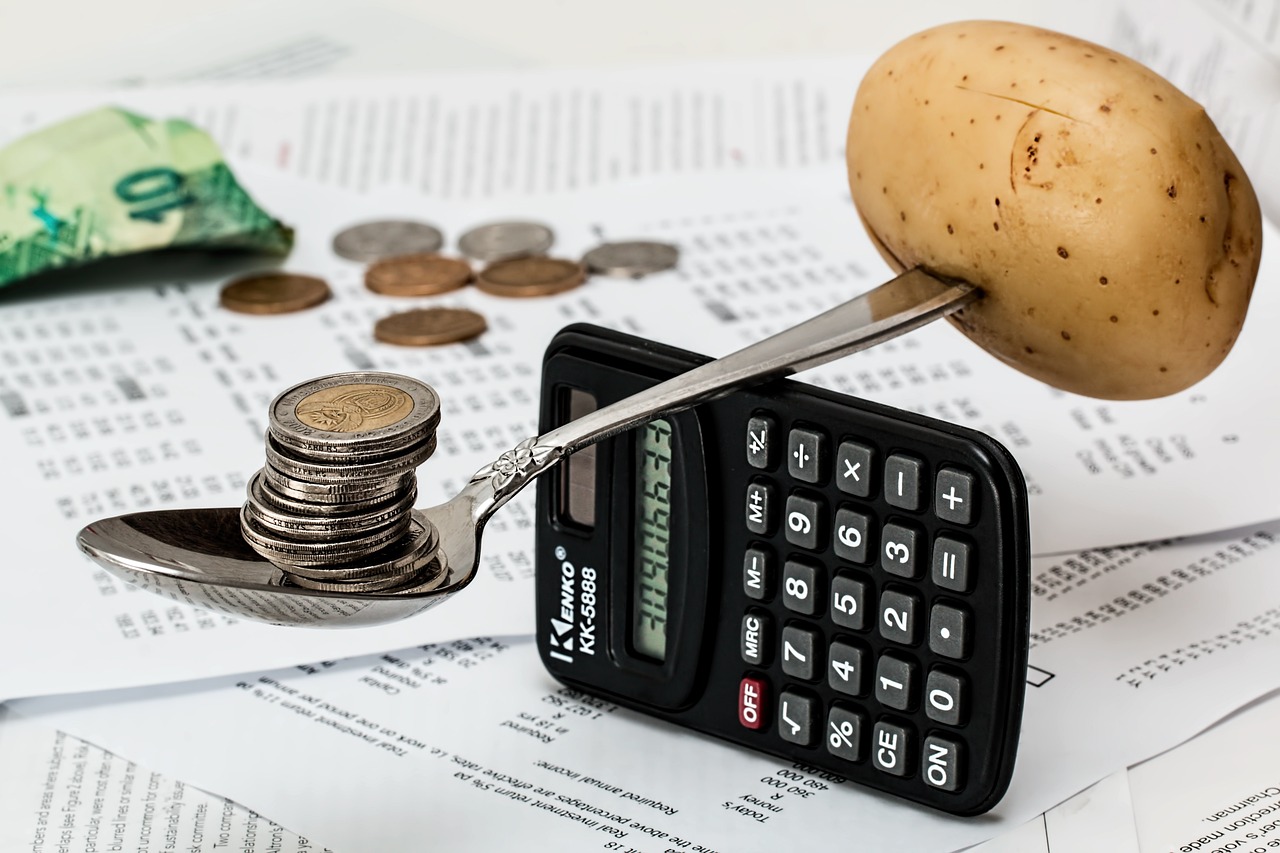
According to European Union rules, the deficit-to-GDP ratio must be below 3 percent.Continue reading

Despite analysts’ expectations of stagnating inflation, Hungary saw a surprising decrease in the rate of monetary deflation in June, following two months of increases, reports Világgazdaság.
This unexpected shift was partly due to a decline in prices for several products, which offset significant fuel price increases during the month. Consumer prices in June averaged 3.7% higher year-on-year, with no change compared to May, according to the Hungarian Central Statistical Office (KSH). Food prices specifically decreased by 0.3%.
Analysts interviewed by Világgazdaság had anticipated annual inflation to reach 4%, with a monthly increase of 0.2%. Today’s data marks a notable departure from these forecasts, suggesting a declining trend in inflation after two consecutive months.
This also raises the possibility that annual average inflation will remain close to 4%.

Average 95 octane petrol prices in Hungary. Source: KSH
Inflation had hit a low point of 3.6% in March but has since gradually approached the upper end of the Hungarian National Bank’s target range. This acceleration was exacerbated by repeated fuel price hikes, beginning in April amid a government dispute with fuel retailers and continuing through June. This aspect remains puzzling in last month’s data; while petrol and diesel prices averaged HUF 600 and 603 (EUR 1.52; EUR 1 = HUF 392) on June 1st, they rose to HUF 613 and 629 respectively by month-end. However, since the statistical office’s survey does not coincide with month-end, the inflationary effect could carry over into July.

Average diesel prices in Hungary. Source: KSH
Nevertheless, services, consistently rising by almost 10%, are increasingly driving price dynamics. Meanwhile, food prices are now rising at a controlled pace, crucial for reducing consumer caution—an ongoing challenge for economic policy despite nearly a year of rising real wages.
Consumer confidence remains fragile, impacted by fluctuating fuel prices.
Sugar and chocolate prices remain notably higher than last year, while prices for eggs and flour have decreased. Detailed data from KSH shows food prices increased by 1.1%, with notable rises in sugar (+27.4%), cafeteria goods (+9.2%), chocolate and cocoa (+9.1%), and declines in eggs (-22.3%) and flour (-19.2%). Compared to May, food prices fell by an average of 0.3%, primarily due to a 4.4% decline in seasonal food prices.
Services rose by 9.7%, including rent (+13.1%), personal care services (+10.7%), tolls, vehicle rentals, and parking (+10.5%), and vehicle repair and maintenance (+10.1%).
Household energy became 2.7% cheaper, including a 5.2% decrease for piped gas and a 2.4% decrease for electricity. Prices for durable consumer goods fell by 1.3%, with notable decreases in used cars (-8.8%) and increases in new cars (+5.7%).

Consumer price index by main groups in June 2024. (Clockwise: groceries, alcoholic drinks & tobacco, clothing, consumer durables, household energy, fuels, services). Source: ksh.hu
Minister for National Economy, Márton Nagy attributed the decrease in inflation to effective government economic policies, including an online price monitoring system promoting competition.
Low inflation has positively impacted the national economy, boosting real wages since September and consumer confidence.
This has led to increased retail sales and travel, reflecting growing household confidence and lending activity.
Overall, the country’s economic performance, with a 1.7% annual GDP growth in Q1 2024, reflects the effectiveness of these policies amid low inflation and increased domestic demand.
Via Világgazdaság; Featured Image: Pixabay